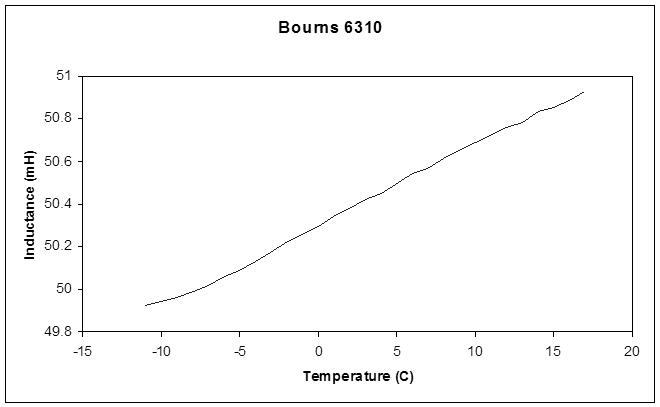"Speaking of Adafruit, the Teensy 3.1 board for $20 looks like a good deal to base a digital Theremin around. 32 bit 48MHz processor, lots of memory and IO including ADC & DAC." - Dewster
IMO, at $25, probably one of the the biggest bargains for processor boards right now is the PSoC 4 "Pioneer" kit - http://www.cypress.com/?rID=77780 It contains two PSoCs, the PSoC 4 with Cortex Arm M0 (32 bit 48MHz) processor, and the PSoC 5 with Cortex Arm M3 (32 bit 62MHz ) processor..
This board is intended for PSoC 4 development, but has a PSoC 5 interfacing it - this PSoC 5 can be independently programmed (JTAG is available seperately for both processors, so if one has a programmer, you dont need to use the PSoC 5 to access the PSoC 4).
The only down side to this kit is that only 10 of the PSoC 5 ports are available on a header .. But the full set of IO is available from the PSoC 4 in Arduino (and other) "shield" formats.
In addition to processors, these parts have user configurable "in chip" modules, both digital (PLD type configurable blocks) and analogue configurable blocks (A/D, D/A, Multipliers,Amplifiers,Comparators,Switched capacitor,Capsense etc) and the PSoC 5 has additional configurable 'sub processors' to implement digital filters and the like, and an extremely powerful DMA structure to interconnect modules etc.
The PSoC 4 is a bit weak on its UM capability compared to the PSoC 3 and 5, but its their low cost part - However, combined with the power of the PSoC 5 one has a really exceptional board.. I just wish they'd had the 5 as the main chip with the 4 in a supporting role, or that they had a low cost PSoC 5 kit!
Data on this kit: http://www.cypress.com/?docID=47035 (big .pdf file - not quick!)
Fred.
ps - I am a PSoC consultant, acredited by Cypress Semiconductor - But I get nothing from promoting their parts..(I got this acreditation on the PSoC 1 range after completing training, producing a product using PSoC for a client, and passing an exam and interview - more gruelling than getting a Bsc! .. I have not gone through the process for the PSoC's 3,4 and 5 - I would fail! ;-) Quite often I have been a pain to them by being publicly critical ... In this case however, I think their board is hard, if not impossible, to beat - particularly if you want configurable logic and some analogue functions on-chip, and a reasonable processor or two. Also, they give away the whole development environment - Configuration editor, compiler, debugger..


